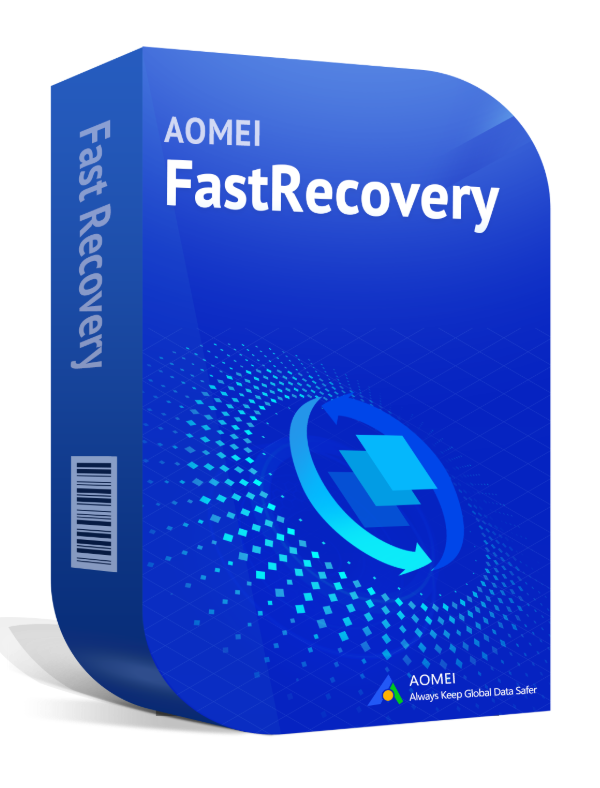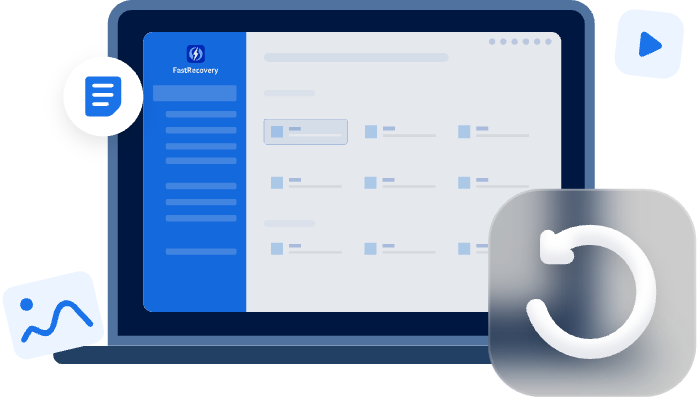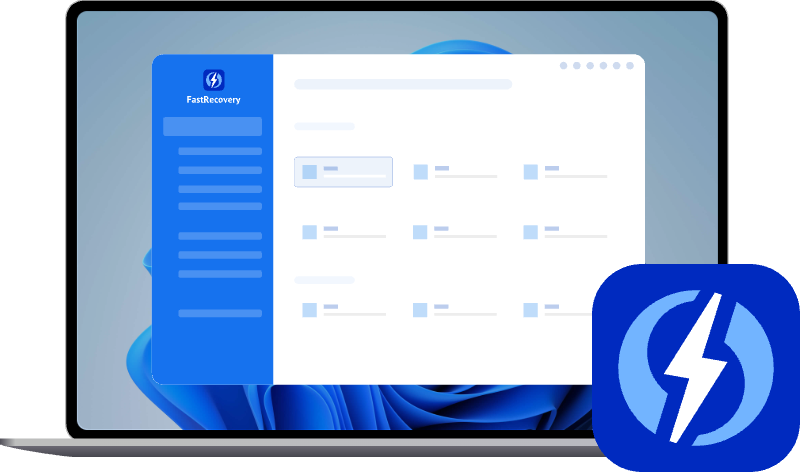How to Recover Deleted Files from SD Card on Windows 10 (FREE)
In this article, you will learn how to recover deleted files from SD card in Windows 10 using the safest and reliable SD card recovery software - AOMEI FastRecovery. Free download to get started!
The Need to Recover Deleted Files from SD Card
“Need to recover some deleted videos from an SD card that was in an android device.. what’s the best free software to preview the files before recovery?” – Question from Reddit
Sometimes, you may find files deleted from SD card, which can be caused by different reasons, such as accidental deletion, formatted/corrupted SD card, virus or malware infection, physical damage, etc.
Luckily, it’s possible to recover deleted files from SD cards or digital devices, such as phones, camcorders, digital cameras, etc., as they are usually not wiped immediately. Instead, they are still on your device, waiting to be overwritten with new data.
SD Card Recovery Software Free Download for Windows 10
There are many SD card data recovery software for Windows 10, which claim to recover deleted files from SD card for free, such as Windows File Recovery, Recuva, etc. However, they either support limited data types, varying or low success rates, or not user-friendly interfaces etc. So, what’s the best SD card data recovery software?

- It has a free edition that can recover data of over 500 MB.
- With a GUI interface, all users can use it without any technical skills.
- Quick scan (about 3- 5s) SD card for deleted files, while deep scan for more complex scenarios.
- Flexible, hassle-free search, especially for recovering specific files or folders.
- Recover data in any scenario, such as accidental deletion, formatted or corrupted SD card, lost partition, etc.
- It’s safe and reliable to use as it’s read-only and does not cause data overwriting. If you have any questions, please contact us.
How to Recover Deleted Files from SD Card on Windows 10
Here we’ll show you two SD card data recovery methods, which apply to deleted files, or more complex scenarios, such as formatted or slightly damaged card.
▶ Option 1: Recover Deleted Files from SD Card for Free
Step 1. Select the SD card to scan
Connect the SD card to your computer via a card reader. OpenAOMEI FastRecovery after installing. In the Hard Drive Recovery section, select the SD card and click the Scan button.
Step 2. Quick scan for deleted files
It will automatically start Quick Scan to find deleted files on the SD card, which takes only 3-5 seconds. It only displays deleted files, greatly reducing the time to find files.
Step 3. Find and recover deleted files
You can directly type the file name or extension in the search box to search for specific files and folders, which is the fastest and easiest method to find files. You can also specify a specific data type (e.g., Audios) or go to the original location.
Double-clicking on files also allows you to preview them. Once confirmed, select and click the “Recover” button without waiting for the final result.
- If you can’t find the deleted files, click Deep Scan in the lower left corner. Or directly deep scan SD card for data recovery in Option 2.
- Please choose a different location to save the recovered files, preventing data overwriting.
▶ Option 2: Deep Scan SD Card for Deleted Files (on Formatted or Corrupted Card)
Step 1. Select the formatted or corrupted card to scan
Connect the formatted or corrupted SD card to your computer first. Open AOMEI FastRecovery after installing. Then, switch to the USB/SD Card Recovery section, hover your mouse over the SD card and click the Scan button.
Step 2. Deep scan SD card for missing files
It will start Deep Scan automatically to scan all sectors of a card and find files buried deeper in the file system. In contrast, this mode takes a long time, please be patient.
Step 3. Find and recover deleted files
Search, filter, or find files in the original location according to your needs. Once found, preview and select them to recover. At last, click the Recover button to get started. It is worth noting to always save the recovered files to a new location, as recovering to the original location may result in data overwriting.
Closing Words
You can easily and quickly recover deleted files from SD card in Windows 10 as long as there is a safe & reliable memory card recovery software like AOMEI FastRecovery. With it, you can recover deleted documents, audios, videos, images, etc., from all SD card types.
Meanwhile, it intelligently uses Quick Scan and Deep Scan, so you don’t need to take a long time (if it’s deleted by mistake). It still offers users some useful features to simplify the process, such as search, filter, preview, etc. Free download to try it now!
FAQs
1. Can I recover deleted files from an SD card without any software on Windows 10?
Yes, but only in specific cases. If your files were copied to your PC before deletion, you might be able to check the Recycle Bin for deleted files.
2. How do I know if my deleted SD card files are recoverable?
Generally, if the files haven’t been overwritten by new data, they’re still recoverable. Avoid saving anything new to the SD card. Then, scan your card using recovery software like AOMEI FastRecovery. If the files show up in the preview, they can likely be restored.
3. Is it safe to use free SD card recovery tools on Windows 10?
Most reputable free recovery tools are safe, but always download them from the official website. Be wary of bundled software or fake programs. Trusted options like AOMEI FastRecovery are designed for safe recovery without harming your data.
4. Will formatting the SD card erase all chance of recovery?
Not always. A quick format doesn’t fully erase data, it just marks the space as available. If you haven’t written new data to the card, many tools can still recover the files. Just don’t use the SD card after formatting and start the recovery process immediately.
5. Why doesn’t my SD card show up on Windows 10 after deletion?
This could mean the SD card is corrupted or has a hardware issue. Try using a different card reader or port. If it still doesn’t show up in File Explorer, check Disk Management. If it's detected there, data recovery tools may still access it, even if Windows can’t.

